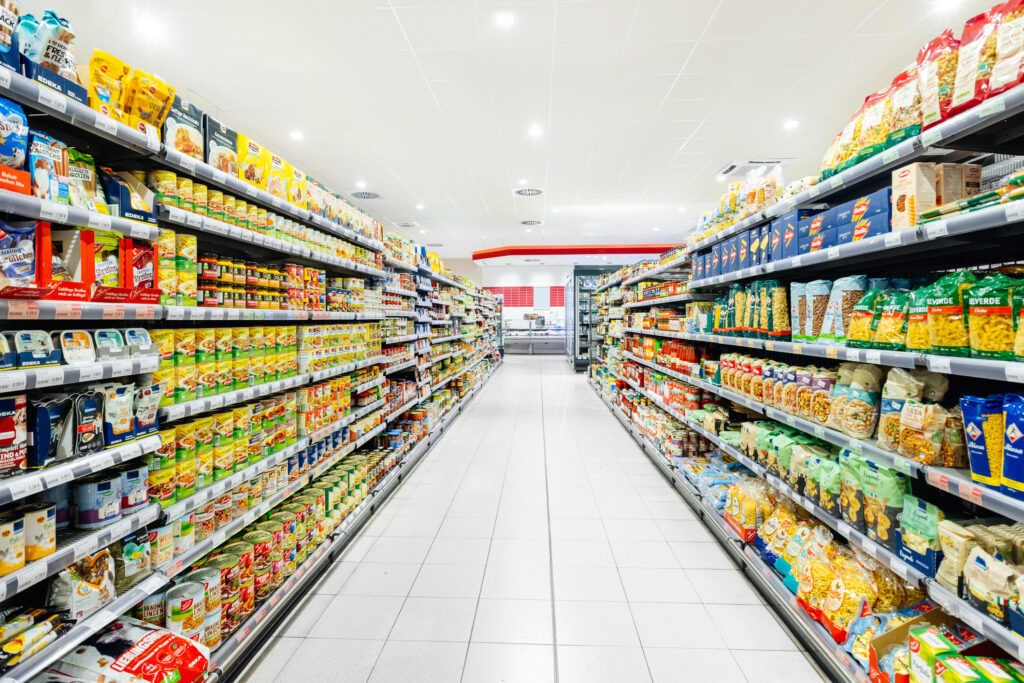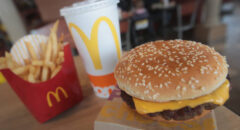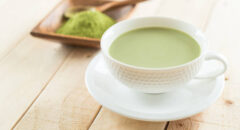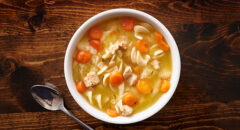
As a person with a family, I go to the grocery store quite often. For everything on a huge grocery list or some quick ingredients I forgot for a dish, the grocery store (unfortunately) sees me a lot. But that's good for you. Over the years, I've learned a few things about my neighborhood grocery store and big box chain grocery stores. For you and your family's health, here are items you should never buy--especially now that grocery costs have gone up significantly.
7. Name Brand Spices
How did spices at the grocery store get so expensive? Even basics like cinnamon and garlic powder seem to get pricier all the time -- forget about the fancy stuff like saffron and whole vanilla beans.
Consumer Reports ran a blind taste test using pricey name-brand spices versus cheaper generic versions in different recipes, and asked tasters to compare them. For the most part, the tasters couldn't tell them apart. "You don't need to spend more unless the spice is the main attraction," Consumer Reports said in this video.
It also has to do with the packaging and date of the spice. As long as the spice hasn't been on the shelves for long periods of time and are packed in a sealed container, most grocery store spices are the same.
Here's a better idea: Skip the grocery store spices completely and head to the nearest health-food store where spices are sold in bulk. Buy those spices that use most often and keep them in a sealed ziploc-style bag at home -- it's much cheaper and keeps your spices fresher. Another option is to grow your own herbs and have a supply of fresh basil, oregano and thyme always on hand.
TAKE A LOOK: These Dollar Store Items Are Causing Cancer
6. Anything sold in the checkout line.
Candy, magazines, cube-shaped breath mints covered in flavor crystals (who eats those besides kids anyway?), tiny packages of mixed nuts–these encapsulate the epitome of the impulse buy. Such individual tidbits are priced far higher than their bulk counterparts found a mere few aisles back. Why? Because they are what grocery store execs call at the "point of purchase."
Once you're in that line, it's hard for a consumer to get out of line and go somewhere else in the store just to get an item. So all those items, in the checkout are impulse buys. Meaning you buy them because of what you're feeling right then (hungry, thirsty, interested, etc).
Plus, let’s be honest, if you didn’t buy it before you got to the checkout lane, you probably don’t actually need it.
MUST READ: How To Stay Healthy On A Hood Budget
5. Dented Vegetable Cans
A perfectly undented can is your best bet, but some dents are not off-limits. The USDA says that if a canned good has a very small dent with no other physical signs of damage, the product should still be safe to consume. “You want to avoid very large dents, or ones that you can lay your finger into,” says dietician Mary Toscano. “Especially avoid these cans if the dent has sharp edges, or occurred along the seam of the canned goods, as this could compromise the safety of the food.”
4. Things That Look Frosty in the Freezer
If that pint of ice cream, box of fish sticks, or package of breakfast sandwiches you have your eye on is coated in frost, make sure you skip it, leave it and probably this store’s freezer section altogether. Because...
...frost buildup on the inside of cold displays indicates that a door is not sealing, and the temperature may not be maintained properly. Overstocked freezers and refrigerators can also be a sign of strained cooling units, which inhibits circulation and makes the food not cold enough. Many stores also now have very visible thermometers in cold and refrigerated display units. Check those temperatures. Refrigerated [cases] should be less than 40 degrees Fahrenheit, while frozen [cases] should be near 0 degrees Fahrenheit.
3. Food that’s already cooked.
If someone else cooked it, you’re going to pay for that service with almost no exceptions. Frozen dinners, prepared hot meals, salad bars, packaged sandwiches, rotisserie chicken, and that like are all more expensive than their raw component parts.
Now that’s not to say there’s no place for the occasional packaged/pre-made meal in the home, but on average, most of the pre-made meals have way too much sodium, too much fat and aren't seasoned the way you like in the first place. You usually get them for convenience.
To make eating at home easier, plan your meals and then cook them late at night or early in the morning to get them out of the way of your work day.
2. Lunch-ables
I know we're going to get a lot of flack for this one, but Men's Health magazine named them as one of the worst snacks in America. They were specifically speaking about the deep-dish pepperoni pizza Lunchables, which it says has "a back label that reads like a chemistry textbook." The "meal" if you want to call it that, is 500 calories, but and a whopping 890 milligrams of sodium and 28 grams of sugar. That's more than your child should consume all day.
Other Lunchables packs have less sugar and fewer calories, but in many cases the healthier alternative is a homemade turkey sandwich or leftover pasta. And get this, it's cheaper to make it yourself!
1. "Light" Bread
It’s nearly impossible to find bread at the store without added sugars, artificial colors and GMOs – which is interesting since it only takes 4 ingredients to make bread. But I say all that to say, not all is lost. There are loaves of bread that still give you what you need and want: healthy grains and taste. However, most of the "light" bread doesn't. Those bread brands that claim to be less in calories, etc have other fillers to make them that way.
So, try to stick to sprouted grain bread or gluten-free varieties that are made up of primarily seeds and healthy grains. One hundred percent whole grain is mostly good, but check the ingredients list on that one too.
Another alternative if you are watching the bread you eat, start using only half the bread. Make an open-faced sandwich (only one slice of bread). You'll most likely feel lighter on your feet and have a little bit more energy.








